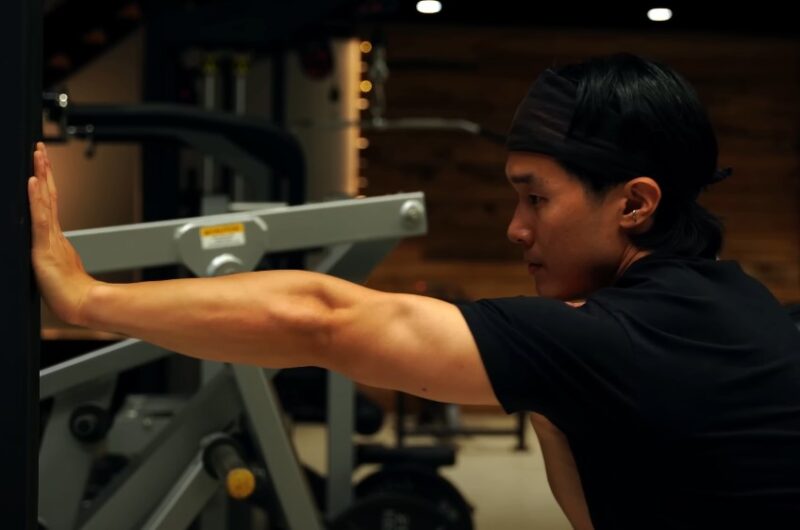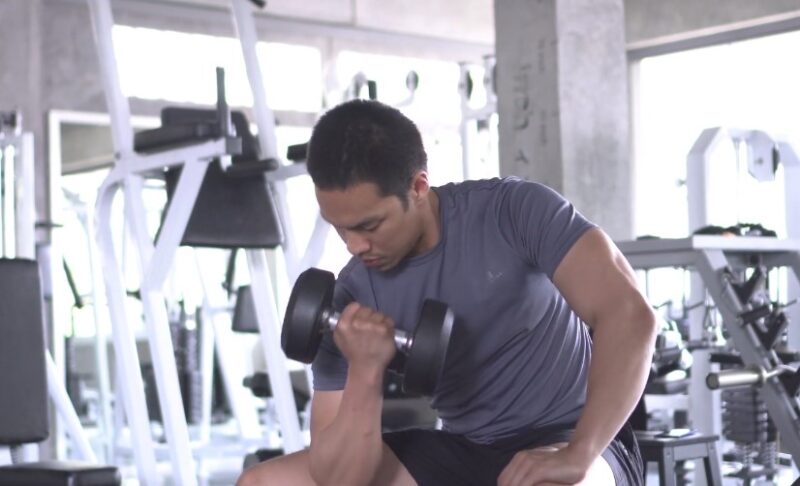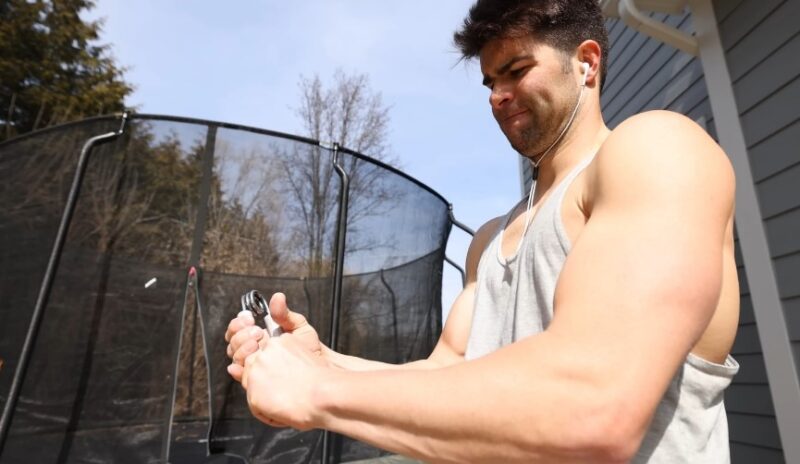Building real arm strength goes beyond just hitting curls or overhead presses. What often gets overlooked are the wrists and forearms, the smaller muscles that quietly carry a lot of the load. These stabilizers play a huge role in how well you transfer power during lifts, how long you can hold onto a barbell, and even how your posture holds up during heavy sets.
If you’ve ever felt your grip give out before your arms or back during a workout, that’s a sign those support muscles need more attention.
Strengthening your forearms and wrists isn’t just for aesthetics—it helps you lift safer, hold form longer, and recover better. It also reduces the risk of strains, tendon flare-ups, or wrist instability that can stall your progress.
A solid way to train this area is with a dedicated forearm workout tool—something specifically built to challenge grip, wrist rotation, and tension control. Think of it as adding direct resistance right where it’s often neglected.
Whether you’re aiming for better control during deadlifts, smoother holds in climbing or calisthenics, or simply stronger hands for everyday tasks, focusing on the wrists pays off fast.
Table of Contents
ToggleDeveloping Strength from the Elbow to the Fingertips

If you’ve ever felt your grip give out before your back or arms during a workout, you’re not alone—and you’re not weak. It’s a common bottleneck. That small section between your elbow and fingertips is doing more than you think.
The forearm isn’t just one muscle; it’s a network of flexors, extensors, ligaments, and connective tissue that all work together to stabilize your arm, transmit force, and manage fine motor control.
Strengthening this area isn’t just about power. When you train the forearm deliberately, you also build dexterity, mobility, and joint resilience. That means your wrists move more freely, your fingers feel more coordinated, and your elbow joint gains much-needed support.
This can be a game-changer for anyone who does repetitive work with their hands—typing, driving, manual labor, or even instrument playing. It’s also crucial for anyone dealing with recurring issues like elbow tendonitis or wrist stiffness during workouts.
Supporting Heavier Lifts with Better Control

Think about how many gym movements rely on grip: rows, pull-ups, deadlifts, farmer’s carries, curls, even pressing movements.
Without strong forearms, your wrists can start to wobble under tension, your grip may fail before the working muscles fatigue, and your form can suffer. That’s not just frustrating—it limits gains and increases injury risk.
When your forearms are trained properly, though, you get control under load. Barbell movements become more stable. You can hold positions longer without shaking. Your deadlifts lock in tighter. Your rows feel cleaner.
Even your bench press can improve because your wrists won’t collapse backward under the bar. Forearm strength supports everything from pulling heavy weights to holding a plank with proper alignment.
It’s not about having a “strong handshake” or squeezing a stress ball—it’s about being able to apply controlled pressure when it counts, whether you’re carrying weight, moving quickly, or stabilizing under fatigue.
Bridging the Gap Between Function and Aesthetics
Visually, well-developed forearms complete the look of a strong arm. You can have the biggest biceps in the gym, but if your forearms are flat or undertrained, the arm looks unfinished.
The good news is that building forearm mass and definition doesn’t require a separate, hour-long routine.
Focused grip work, wrist rotations, and static holds can bring out visible veins, muscle separation, and symmetry that make your arms look stronger and more athletic.
Incorporating different grip angles, thickness variations (like fat grips), and eccentric wrist control helps stimulate new growth in places that standard curls or presses don’t reach. You’ll start to notice more muscle density around the wrist and elbow, which makes the entire upper body look more connected and powerful.
That’s especially helpful if you’ve hit a plateau in arm size—training the forearms can unlock new development across your whole upper limb.
Everyday Strength That Matters
Forearm training isn’t just about gym performance. It improves the quality of everyday life. From holding grocery bags without discomfort to typing for hours without wrist fatigue, stronger hands and wrists make you more functional. If you work with tools, play an instrument, climb, cook professionally, or use your hands for detailed work, the benefits are even more noticeable. You’ll have better endurance, better control, and fewer flare-ups of pain or tension.
Many people don’t realize just how much daily discomfort—like nagging wrist pain or elbow tightness—is a byproduct of weak or neglected forearm muscles. A little direct work can change that. You’ll feel more fluid when you move, more confident when lifting, and less limited in daily physical tasks.
Simple Ways to Add Forearm Training Without Overhauling Your Routine
@deltabolic ✅ Do THESE To Build BIGGER Forearms To target the inner forearms, do dumbbell wrist curls with a supinated grip (palms up). For the outer forearms, use a pronated grip (palms down) and perform wrist extensions. To emphasize the brachioradialis, try concentration hammer curls with a neutral grip. For the radial forearm muscles, grip one end of a dumbbell with both hands and perform radial deviations. To hit the ulnar muscles, hold the dumbbell closer to the thumb side and do ulnar deviations. Size & Shred Training program 👉🏻 deltabolic.com (link in bio) Oufit from @aybl 👉🏻 use code “DELTA” for 10% off at aybl.com #forearms #forearmsworkout ♬ original sound – DeltaBolic
You don’t need to reinvent your training plan. Forearm work fits easily into your current routine with minimal time commitment. You can add wrist rollers, grippers, rice digs, or towel hangs between major sets, at the end of your workout, or even as part of your warm-up.
Try a short finisher circuit:
- Wrist curls and reverse curls (3 sets of 15–20 reps)
- Farmer’s carries for distance or time (2–3 rounds)
- Static bar holds or plate pinches for grip endurance
- Hammer rotations (using a sledgehammer or lever bar) for controlled joint work
The Bottom Line
It’s easy to overlook the forearms when chasing bigger lifts or muscle gains, but that’s often the missing piece.
Your connection to every bar, handle, or load passes through the wrists and fingers. When those muscles are stronger, everything feels more secure, more controlled, and more effective.
Don’t wait until wrist pain or grip fatigue forces you to pay attention. Start reinforcing the entire chain—elbow to fingertip—now. It takes minimal effort but delivers outsized returns, both in and out of the gym.
Strong forearms aren’t a flashy trend—they’re the foundation of real, functional upper body strength. And once you build them, you’ll wonder how you ever trained without them.








